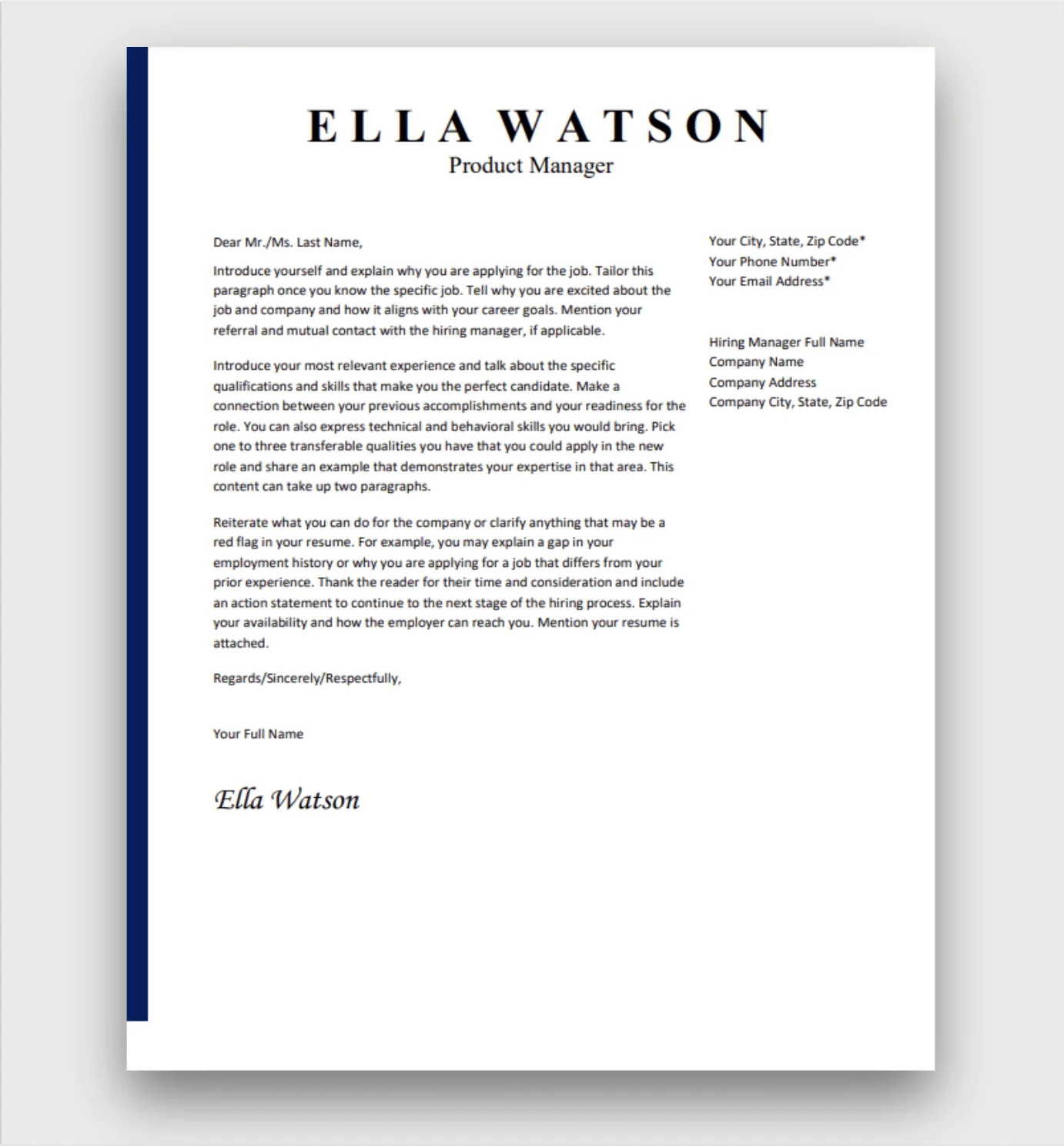Cover Letter Sample Analysis
A well-crafted cover letter is your first opportunity to make a strong impression on a potential employer. It provides context to your resume, showcasing your personality, skills, and enthusiasm for the role. Analyzing cover letter samples is a crucial step in understanding the nuances of effective communication in a professional context. This involves dissecting various components, from the presentation of contact information to the closing salutation, to create a compelling narrative that aligns with the job requirements and the company’s culture. The aim is to go beyond a generic letter and to create a personalized pitch. Learning from successful cover letter examples will help you create a document that grabs the reader’s attention and significantly increases your chances of getting an interview. Let’s dive deeper into what makes a cover letter sample stand out.
Contact Information
The contact information section is the foundation of your cover letter, serving as the initial point of contact. It should be clear, concise, and professionally presented, ensuring that the hiring manager can easily reach you. Accuracy is paramount; any errors can lead to lost opportunities. Both your and the hiring manager’s information should be presented correctly. This section includes your name, address, phone number, and email address. For the hiring manager’s contact information, include their name, title, and the company’s address, if available. A well-formatted contact section enhances the credibility of your application.
Applicant’s Contact Information

Your contact information should be placed at the top of your cover letter, typically aligned to the left or right, and should include your full name, address, phone number, and a professional email address. Make sure your email address is appropriate; avoid using nicknames or informal language. Double-check all the details to ensure they are accurate. This ensures that the hiring manager can easily find and contact you. This part should be consistent with the information on your resume.
Hiring Manager’s Contact Information
Always address your cover letter to a specific person whenever possible. If the name of the hiring manager is listed, include their name, title, and company address. Researching this information shows your dedication to the job. If you can’t find a specific name, you may use a general salutation. Accuracy is essential here; make sure all details are correct to prevent miscommunication and demonstrate your attention to detail. Contacting the right person adds a personal touch and shows you have taken the time to learn more about the company.
Professional Greeting
The greeting sets the tone for your cover letter. Using a formal salutation such as ‘Dear Mr./Ms. [Last Name]’ shows respect and professionalism. If a specific name isn’t available, a greeting like ‘Dear Hiring Manager’ is appropriate. Avoid overly casual greetings like ‘Hello’ or ‘Hi,’ as they may give a less professional image. Always spell the name correctly, which shows you have taken the time to personalize the letter. Ensure that the greeting aligns with the overall tone of your cover letter. This beginning is the first interaction and therefore, must show politeness.
Body Paragraph 1
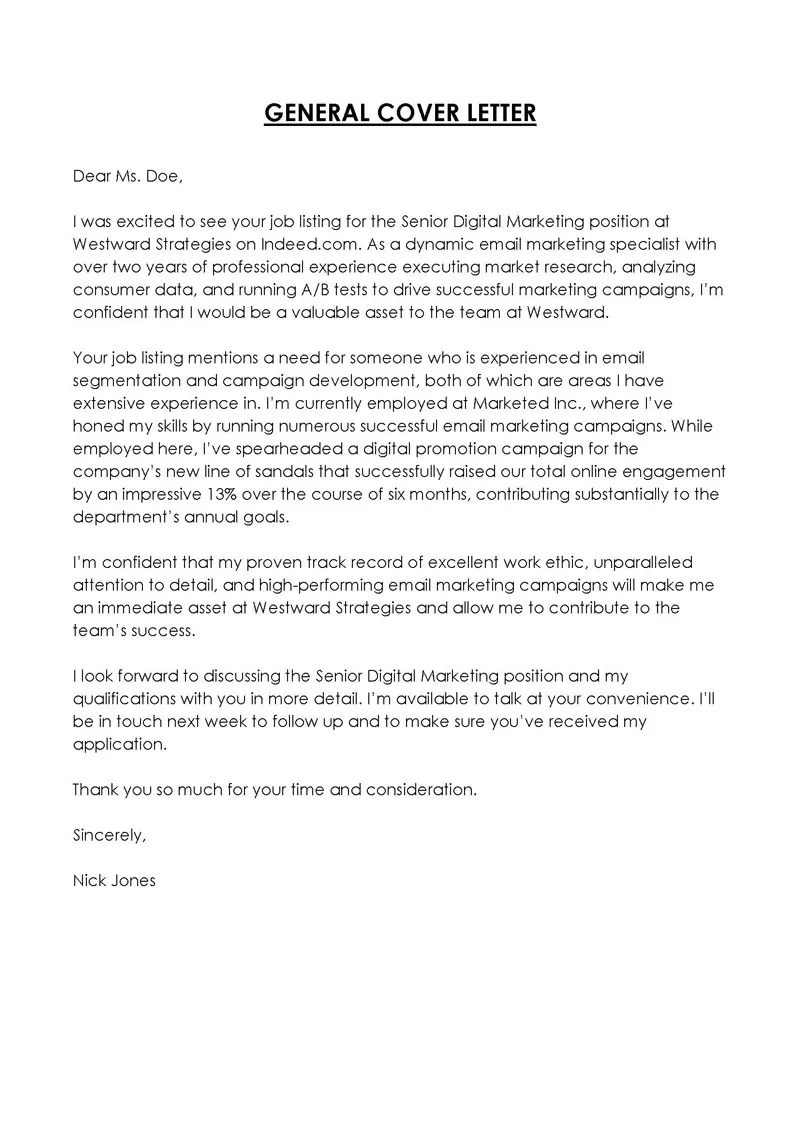
The first body paragraph sets the stage for your letter, immediately capturing the reader’s attention. It must clearly state the purpose of your letter, which is to apply for a specific job. This paragraph needs to grab the reader’s interest, showing your genuine enthusiasm for the role and the company. Expressing your interest in the job and highlighting where you found it is crucial for personalization. This paragraph gives the hiring manager a clear understanding of your intentions. A well-crafted opening paragraph will create a positive first impression and encourage the reader to learn more about your qualifications.
Express Your Interest in the Job
Start by clearly stating the position you are applying for. Indicate how excited you are about the opportunity and why it interests you. Mentioning your admiration for the company or its mission can make your letter more engaging. Show a strong alignment between your career goals and the job description. Demonstrating enthusiasm and passion for the role will make your application stand out and show your readiness to contribute to the company’s success. This is where you make a good impression and convince the hiring manager to read further.
Mention Where You Found the Job
Specify where you found the job posting (e.g., company website, LinkedIn, a specific job board). It’s a good practice to mention the exact source where you found the job posting. This helps the employer know where their advertising efforts are most effective. It also shows that you have taken the initiative to look for opportunities. Being specific adds professionalism and helps the hiring manager remember where they listed the job. This is a small detail, but it matters when there are many applicants.
Body Paragraph 2
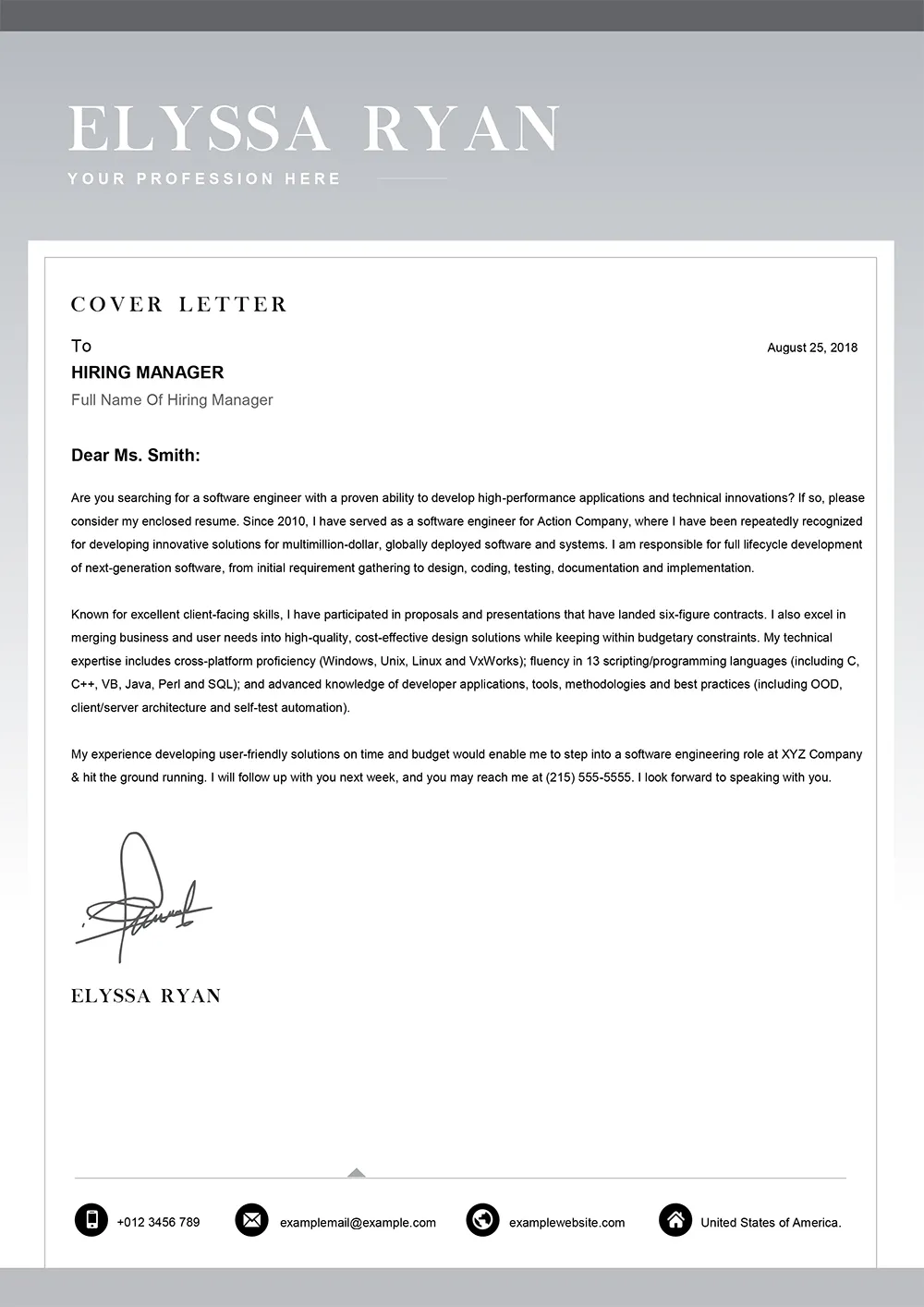
The second paragraph is where you highlight your key skills and experiences that match the job requirements. This is your opportunity to show how your qualifications align with what the employer is looking for. Providing specific examples that demonstrate your skills in action is critical. This includes quantifiable results and notable achievements. By clearly illustrating how your past successes can translate into success in this role, you make a compelling case for why the company should choose you. This is a crucial opportunity to highlight your value and build the connection with the hiring manager.
Highlight Relevant Skills
Carefully review the job description and identify the skills and qualifications that the employer is seeking. Then, highlight the skills you possess that match these requirements. Prioritize the most relevant skills and tailor your language to match the job description. This demonstrates your understanding of the role and helps the hiring manager quickly see the value you bring. Include both hard and soft skills. Make sure your skills match their requirements.
Provide Specific Examples
Don’t just list your skills; provide specific examples of how you’ve used them in the past. Use the STAR method (Situation, Task, Action, Result) to describe your experiences. Quantify your achievements whenever possible. If you have a proven track record, use numbers to illustrate your success. The more specific you are, the more memorable and impactful your application will be. Provide clear evidence to validate your skills and prove that you can perform the job. Demonstrate your ability to deliver results.
Body Paragraph 3
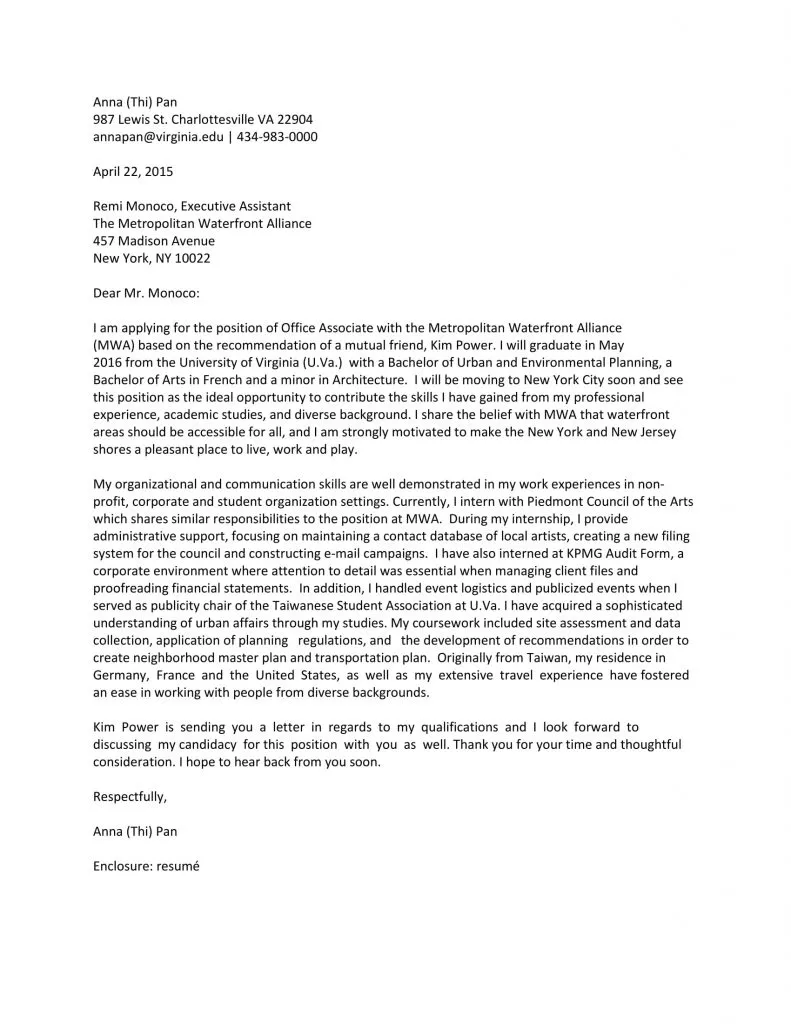
The final body paragraph is your chance to express your enthusiasm and provide a call to action. Summarize why you’re a good fit for the role and the company. Emphasize how you can contribute to the organization’s success. Be confident and proactive, showing that you are eager to join the team and get to work. This is the last opportunity to convince the hiring manager that you’re the right candidate for the job. Make a lasting impression that encourages the reader to consider your application further and take the next step in the hiring process.
Express Enthusiasm
Reiterate your enthusiasm for the position and the company. Show that you are genuinely interested in the opportunity. Explain why you are excited to contribute to their goals. Demonstrating enthusiasm can set you apart from other applicants. Be genuine in your excitement to convey your interest, which reflects that you will do your best when given the opportunity. Passion will help you leave a lasting impact.
Call to Action
Include a clear call to action. State that you look forward to hearing from them soon and are available for an interview. Provide your contact information again, if needed. Make it easy for the hiring manager to take the next step in the hiring process. This indicates your eagerness to move forward, showing proactivity and initiative. A well-phrased call to action increases your chances of getting the interview.
Professional Closing

The closing should be professional and courteous. Use phrases like ‘Sincerely,’ ‘Best regards,’ or ‘Thank you.’ Make sure that your closing matches the overall tone of your letter. Following the closing, leave space for your signature, and type your name. A professional closing reinforces the positive image you have created throughout the letter. A proper closing shows respect and ensures that you end on a positive note, leaving a favorable impression.
Reviewing Cover Letter Samples
Reviewing cover letter samples offers practical examples for creating your own document. Analyze multiple cover letter samples to identify the style, language, and structure that resonate with you and align with the job application guidelines. This helps you understand what works and what to avoid. Compare different approaches, pay attention to the specific details, and see how they vary across different industries and job types. This comparison lets you tailor your cover letter. This allows you to develop your unique writing style while sticking to professional standards.
Identifying Strong Examples
When analyzing cover letter samples, look for examples that clearly demonstrate how the candidate’s skills and experiences align with the job requirements. Pay attention to the language used and how effectively the candidate presents their qualifications. Strong cover letters are clear, concise, and compelling, providing quantifiable results. Identify the elements that capture your attention, such as a creative opening, a compelling narrative, or an effective call to action. Focus on how these successful candidates manage to stand out and leave a positive impression.
Formatting and Layout
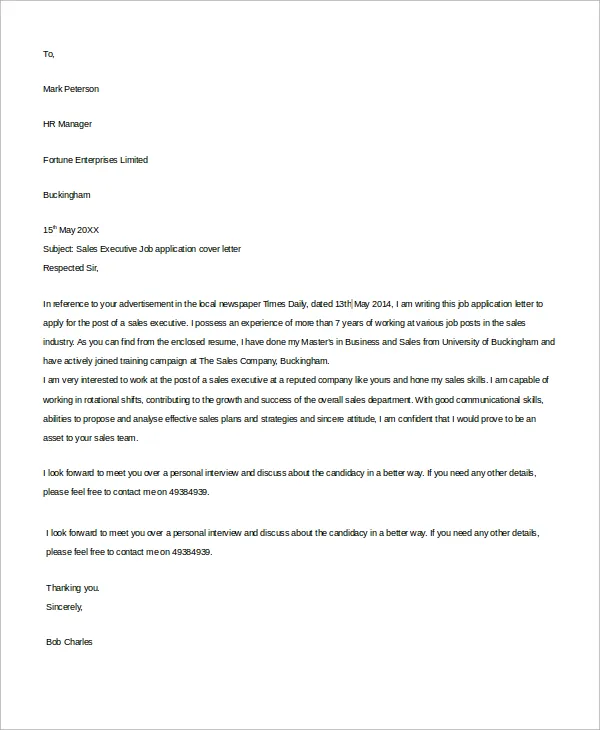
Proper formatting and layout are vital for a cover letter. Use a professional font, such as Times New Roman or Arial, in a readable size. Ensure that the letter is properly spaced, with clear paragraphs and margins. The layout should be clean and easy to read, allowing the hiring manager to quickly scan the document. Ensure that all the text is aligned. A well-formatted cover letter demonstrates attention to detail and professionalism, making it more appealing and easier to read. Check for consistency throughout the letter, ensuring that your formatting is impeccable.
What to Avoid
Avoid common cover letter mistakes to improve your chances. Do not use generic letters or clichés. Make sure your letter is tailored to the specific job and company. Proofread carefully for any grammatical errors or typos, as these can undermine your professionalism. Do not include irrelevant information. Focus only on the experiences and skills that match the job description. Keep your language and tone professional. Avoid negativity or desperation, and do not be too informal. Your goal is to create a polished, error-free document. Avoid these common pitfalls and you will ensure that your cover letter gets noticed.
